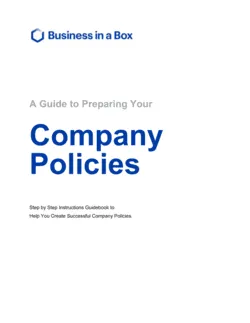Company Policies Templates
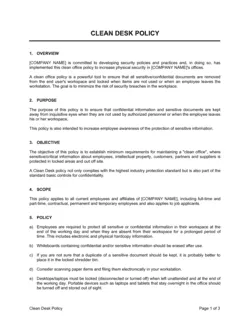
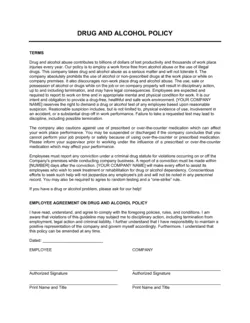
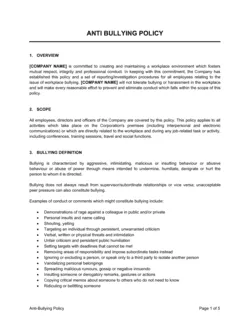
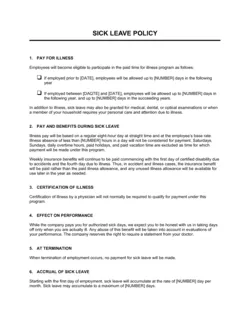
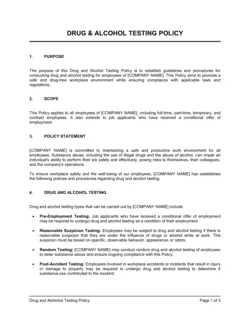
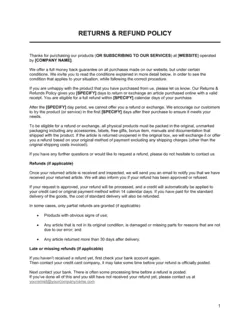
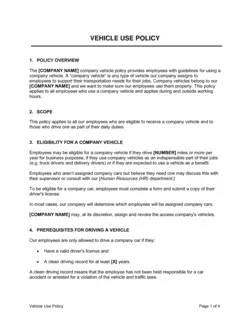
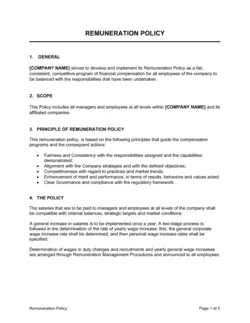
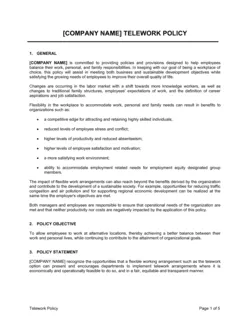
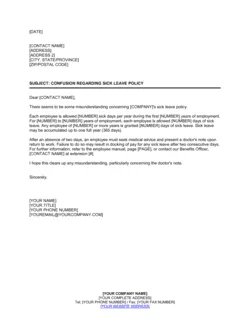
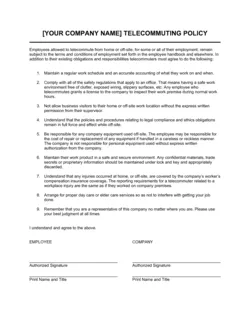
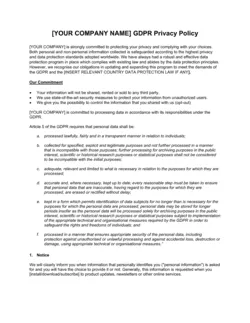
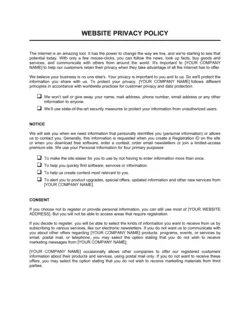
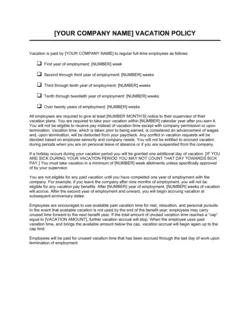
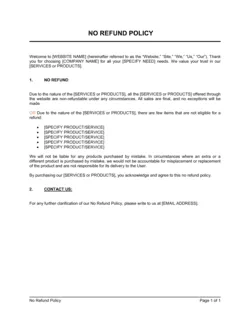
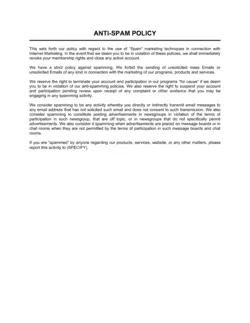
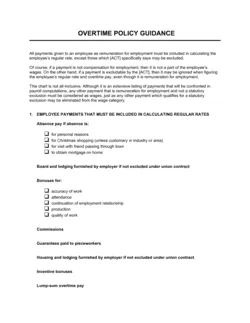
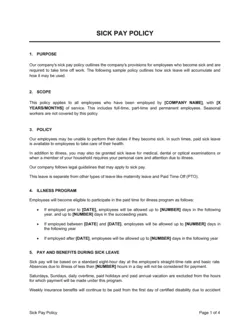
Company Policies: A Comprehensive Guide
For any business, big or small, having well-defined Company Policies is not just about compliance – it's about setting the tone for your organizational culture and operations.
Company Policies serve as a roadmap, providing clear guidelines on conduct, expectations, and procedures, thereby fostering a harmonious and productive work environment.
A comprehensive Company Policy document is a valuable asset for business owners, ensuring consistency, fairness, and legal adherence across the board.
What are Company Policies?
Company Policies are formal documents that outline the standard practices, rules, and principles within an organization.
They encompass a range of topics from employee conduct, workplace safety, to customer relations. Essentially, these policies serve as a reference point for both employees and management, guiding day-to-day decisions and actions. They are critical for maintaining order, protecting the rights of workers and the company, and ensuring operational efficiency.
Key Elements of a Company Policy Template
A robust Company Policy template should include:
- Scope and Purpose - A clear statement of the policy’s objectives and whom it applies to.
- Policy Details - Specific guidelines and expectations for behavior, performance, and procedures.
- Compliance Standards - Adherence to relevant laws and regulations.
- Disciplinary Actions - Consequences for policy violations.
- Review Process - Procedures for reporting concerns and reviewing policy effectiveness.
- Amendment Protocols - Guidelines for updating and modifying the policy.
Other Documents Related toCompany Policies
When creating Company Policies, the integration of the following related documents is key:
- Employee Handbook - Incorporates various Company Policies into one comprehensive guide.
- Training Manuals - Provide detailed instructions and information relevant to specific policies.
- Compliance Forms - For employees to acknowledge and agree to abide by the policies.
- Performance Review Templates - Aid in evaluating employee adherence to company policies.
Why Use Business in a Box for Creating Company Policies?
For over two decades, Business in a Box has been the go-to resource for business owners seeking reliable and professionally crafted legal and business templates. Over the last 20 years, we’ve served millions of entrepreneurs, business owners, CEOs, and managers, in over 190 countries and territories worldwide.
Our extensive library features over 3,000 business and legal documents, and has been developed through a collaboration with industry experts and lawyers.
Business in a Box is an ideal solution for crafting your Company Policies with several benefits, including:
- Professionally Developed Templates - Ensure your policies are comprehensive and align with best practices.
- Customization and Flexibility - Tailor policies to meet the unique needs and culture of your business.
- Efficiency and Consistency - Streamlines the policy creation process, saving valuable time and resources.
- Legal and Regulatory Compliance - Keeps your policies up-to-date with current legal requirements and industry standards.
With Business in a Box, creating well-structured and legally sound Company Policies becomes a seamless process, empowering you to manage your business more effectively and fostering a positive, productive workplace culture. This tool is invaluable for business owners who seek to establish clear guidelines and expectations, promoting a respectful, safe, and efficient work environment.
Updated in November 2023

